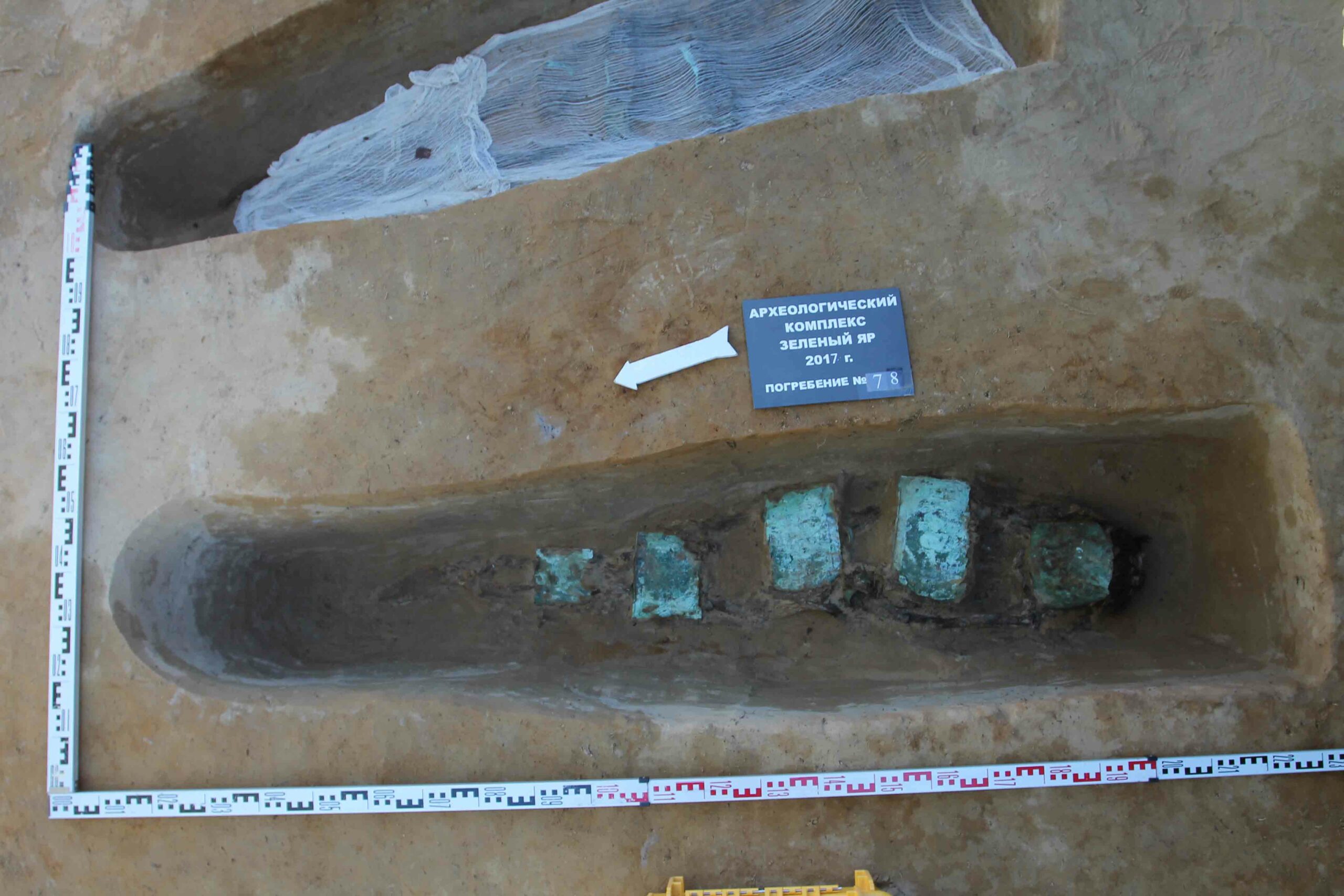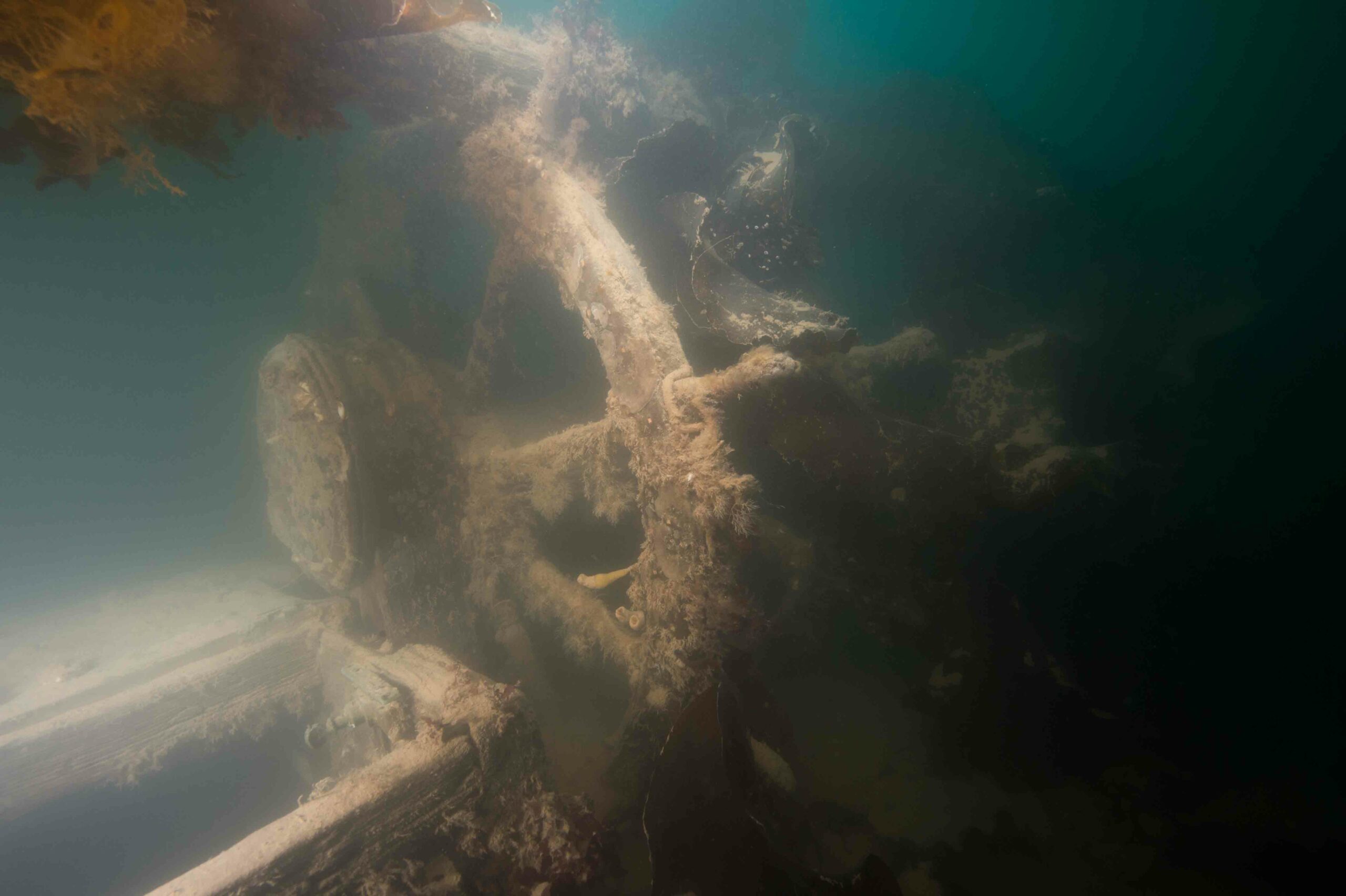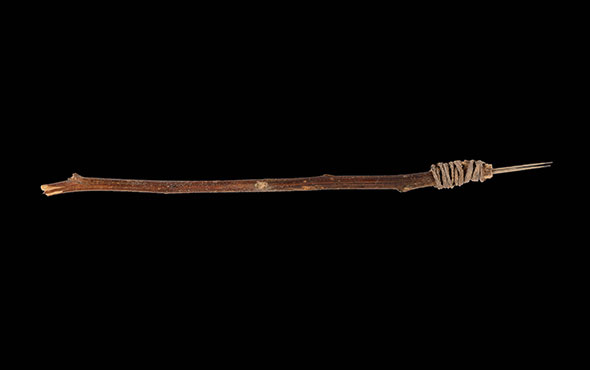
RENO, NEVADA—Cosmos reports that an international team of researchers analyzed particles of lead trapped in 13 ice cores from Greenland and the Russian Arctic in order to measure levels of economic activity over the past 1,500 years. Lead levels are a useful measure of economic activity because the metal is released into the atmosphere during the mining and smelting of silver, which has been used for producing coins since the Roman era, and during the burning of fossil fuels. Joseph McConnell of the Desert Research Institute said the new study indicates lead emissions increased during periods of expansion in Europe, and decreased during periods of war, plague, famine, and climate disruption. Overall, the study found that lead levels increased by 250- to 300-fold between A.D. 500 and the early 1970s. Lead levels are still about 60 times higher today than they were during the medieval period, despite an 80 percent decline since enactment of the 1970 Clean Air Act in the United States. For more on evidence of past lead pollution, go to “The Environmental Cost of Empire.”











